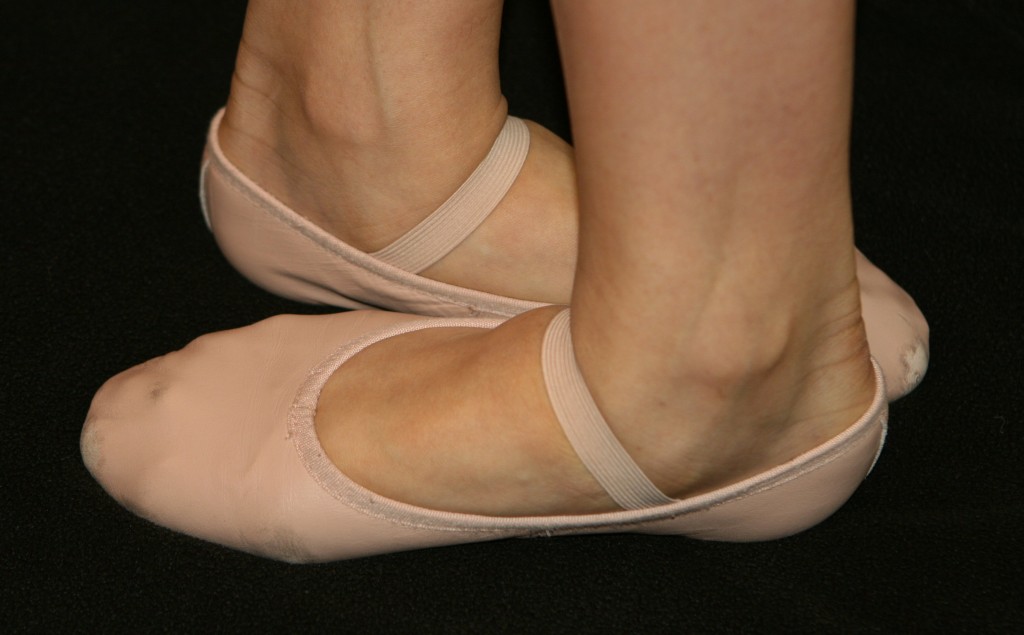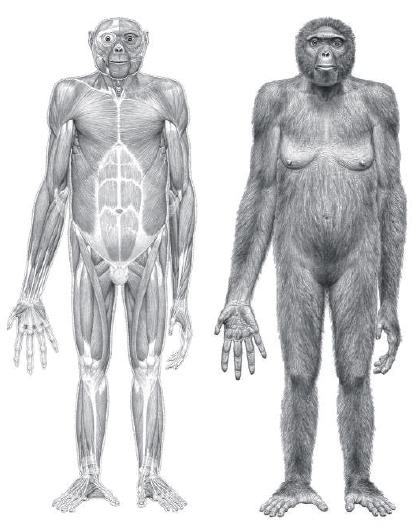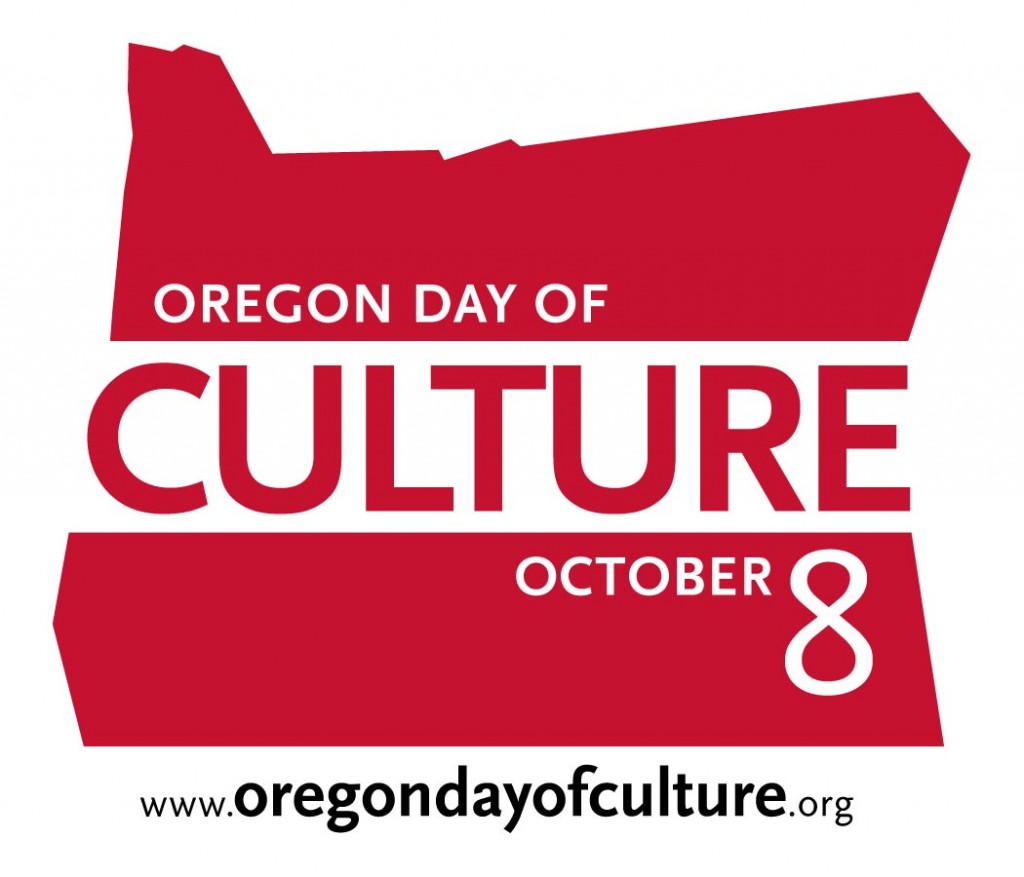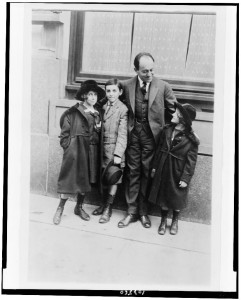UPDATE: Barry Johnson of The Oregonian has posted this new, vigorous counter-argument on his Portland Arts Watch blog to Nigel Jaquiss’s Willamette Week story about OBT’s shaky financial history (link to WW story is below). The gist of Barry’s new take: Bad weather during “The Nutcracker” WAS a major setback; nothing nefarious was going on; the company has radically revamped the way it does business and has a drastically reduced budget for the coming season. So where’s the scandal?

Ballet shoes, in fifth position. Photo: Lambtron, distributed under the Creative Commons Attribution-ShareAlike 3.0 License.
The internal dissension at Oregon Ballet Theatre just keeps spilling over. Willamette Week broke the story of staff and dancer dissatisfaction with executive director Jon Ulsh, and now WW’s Nigel Jaquiss follows up with this report,which suggests a longstanding financial shambles. The Oregonian’s Barry Johnson followed up on the original story with a couple of good reports in his Portland Arts Watch column. Art Scatter posted its own take a week ago, and that commentary stirred up some impassioned responses in the comments section.
I hate this kind of story. People’s livelihoods and reputations go on the line. But you can’t sweep this sort of thing under the carpet. The newspapers need to keep hitting the stories; the organizations need to respond openly; the rest of us need to sort it all out and decide not just where the truth lies but also what it means.
The ballet world is an especially complex and partisan one that all too often seems to thrive, and sometimes impale itself, on divisiveness. Like classical music it gets caught up in the great-man or great-woman syndrome, for better and for worse. And when trouble hits — as it has in spades at OBT, where 41 of 56 employees signed a letter to the board questioning the executive director’s ability to carry out his job — the result can be a public relations disaster at the least and a crippling, even life-threatening blow at the most.
I don’t envy the ballet’s board, which has the difficult task of sorting the truth from the innuendo and anger, and then following the truth wherever it may lead. But it has to be done.
A couple of points:
The artistic/business alliance
Any arts group, and a nonprofit one especially, has to do a creative dance between artistic ambition and financial reality. The theoretical division is this: The artistic director pushes for the moon, the executive director or general manager says, “Let me grab my ladder and my butterfly net.” In reality, the partnership has to be vastly more collaborative. The general manager has to be committed to the artistic director’s vision, and the artistic director has to be willing, if reluctantly, to work within the financial realities that the general manager and her development staff can realistically provide.
It has to be a mutual give-and-take. What do we want, what do we need, what can we afford? If we can’t afford it now, what steps do we take so we can afford it later?
The general manager who nods and says “I’ll get you the moon” when in fact he lacks a ladder does the group no favors. The artistic director who refuses to believe the ladder doesn’t exist and keeps demanding green cheese also can do severe harm to his organization.
A question to the board: Have artistic director Christopher Stowell and executive director Ulsh been playing in the same ballgame? Have they been in agreement, or at cross-purposes? Have their expectations been unrealistic, or did they truly just have the bad luck to be steamrollered by an economy run amok? Sometimes good leaders make big mistakes. Sometimes they get caught by circumstances out of their control and their enemies shout, “Aha! Told you so!” Sometimes they’re just not up to the task. Parsing the differences, which OBT’s board must do, is perilous and essential.
Stowell is a special kind of artist — the kind of smart, aesthetically astute, nationally connected person a city the size of Portland doesn’t see every day — and the impulse inside the company, I’m sure, is to want to give him everything he needs to push the company as far and as fast forward as he can. He’s done a remarkable job of that. But has the ballet bought a house when it could only afford the down payment? I don’t know. The board needs to figure that out.
Is the partnership irreparable?
If leadership has made mistakes — and that includes the board as well as Stowell and Ulsh — does that necessarily mean it can’t learn and improve? Or is it truly too late in the game? The astonishing vote of no confidence in Ulsh by three-quarters of the staff will make any attempt at reconciliation daunting.
Did the staff and dancers make a mistake in going public with their concerns? Did they realize the letter would be leaked to the press? Did they leak it on purpose, figuring that was the best way to force Ulsh out — and if that’s the case, is it all over but the shouting? This is the sort of genie that’s impossible to put back in the bottle.
Again, I don’t know the answers. I’m not inside the company, and although I hear a lot of things, it’s difficult to gauge what’s accurate and what’s the understandable result of deep frustration.
If part of the problem is the way that Ulsh and Stowell work together, can that working relationship be improved? I don’t mean, do they get along personally? I mean, is each able to understand his own role in the business relationship, and are they able to separate reality from illusion? Is the partnership between equals? Do they trust each other — and themselves — enough to tell each other the truth, and to understand it themselves? Can they talk clear-headedly about limitations?
It’s a tricky balance. You can’t spend yourself into oblivion, but if you accept the status quo, you can shrivel artistically. Still, growth has to be real growth, without artificial stimulants. And if the bucks aren’t being hauled in, why is that?
I won’t presume to tell OBT’s board that it should hire, fire, or retain anyone. (Well, I will say it needs to hold on to Stowell as long as it can, even if that means getting him some training on collaborating with the executive side. This is, after all, his first artistic directorship, and even if you’re a natural at it, which I think he probably is, there are things to learn.) But the board can’t just hope the trouble will go away. It has to deal with it, and it has to act swiftly — but with careful, hard-nosed consideration.
Can this marriage be saved?
Should this marriage be saved?
We’re all waiting nervously to find out.



 The Oregon Cultural Trust organizes Oregon Day of Culture to encourage Oregonians to Celebrate! Participate! Give! in support of Oregon humanities, arts and heritage. Oregon Day of Culture asks Oregonians to consider the every day value of culture in every community.
The Oregon Cultural Trust organizes Oregon Day of Culture to encourage Oregonians to Celebrate! Participate! Give! in support of Oregon humanities, arts and heritage. Oregon Day of Culture asks Oregonians to consider the every day value of culture in every community.